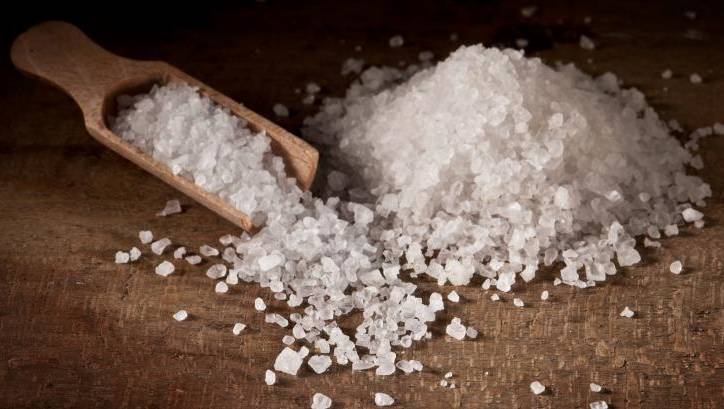Study Finds Lower Sodium Intake Doesn’t Reduce Blood Pressure

In another blow to the experts dictating dietary consumption in the US over the last several decades, a recent study has shown that reducing sodium intake doesn’t reduce blood pressure:
High blood pressure (HBP) is a major modifiable risk factor for cardiovascular disease. To reduce blood pressure, current U.S. Dietary Guidelines recommend limiting sodium intake to 2.3 g/day for healthy individuals under the age of 50, while adults over age 50 as well as all African-Americans, and anyone with HBP, diabetes or chronic kidney disease is advised to limit sodium intake to 1.5 g/day. Very limited evidence is available to support these recommendations. Recent studies have called these guidelines into question and identified the need to consider the intakes of other minerals such as potassium, magnesium, and calcium in addition to sodium in relation to BP regulation. We used data from 2,632 normotensive subjects, ages 30-64 years, in the Framingham Offspring Study. Detailed dietary records were collected over six days and used in these analyses to address the question of the long-term effect of dietary sodium in particular on systolic (SBP) and diastolic blood pressures (DBP) over 16 years of follow-up. To account for possible confounding of these effects by body size, we used linear regression models to derive nutrient residuals as exposure variables. We used longitudinal mixed models to calculate the adjusted mean SBP and DBP levels over 16 years of follow-up in association with mineral intake. Confounding factors retained in the final models included age, sex, education, height, physical activity, cigarette smoking, and alcohol intake. Each of the weight-adjusted minerals was first classified into quintiles of intake. While we expected dietary sodium intake to be positively associated with both SBP and DBP, the opposite was found. Adjusted mean SBP levels at the end of follow-up across quintiles of increasing sodium intake were 134.5, 132.2, 132.3, 130.3, and 128.3 mm Hg, respectively. DBP results were similar, ranging from 78.1 to 75.5 with increasing dietary sodium intake. Dietary potassium, as expected, was inversely (linearly) associated with both SBP and DBP (SBP ranging from 134.2 to 129.4 mm Hg, in the lowest and highest quintiles of intake, respectively; DBP ranged from 78.2 to 75.6 mm Hg with increasing intake). Results for calcium and magnesium were very similar to those for potassium. We also explored the combined effects of dietary sodium with intakes of other minerals. To do this, we classified sodium intake as <2.5 vs. ≥2.5 g/day and potassium as <2.3 vs. ≥2.3 g/day. After 16 years of follow-up, those with the lowest SBP and DBP levels (129.5 and 75.6 mm Hg, respectively) were those with higher intakes of both sodium and potassium while those with the highest SBP and DBP levels (135.4 and 79.0 mm Hg, respectively) were those with lower intakes of both. The combined effects of both magnesium and calcium with sodium were very similar to those of potassium. These long-term data from the Framingham Study provide no support for lowering sodium intakes among healthy adults to below 2.3 g/day as recommended. This study does support the finding of a clear inverse association between potassium, magnesium, and calcium and blood pressure change over time. Support or Funding InformationNational Dairy Council, National Heart, Lung and Blood Institute’s Framingham Heart Study (Contract No. HHSN268201500001I)







